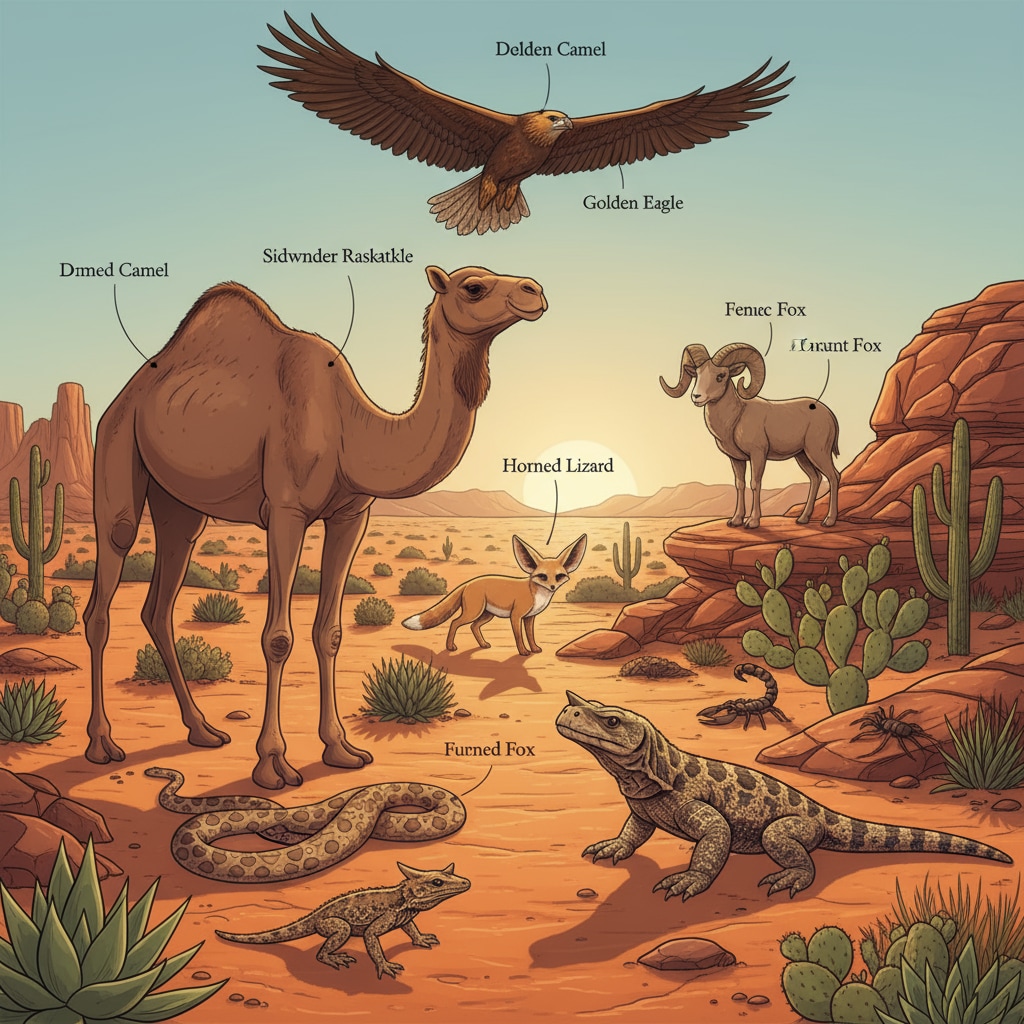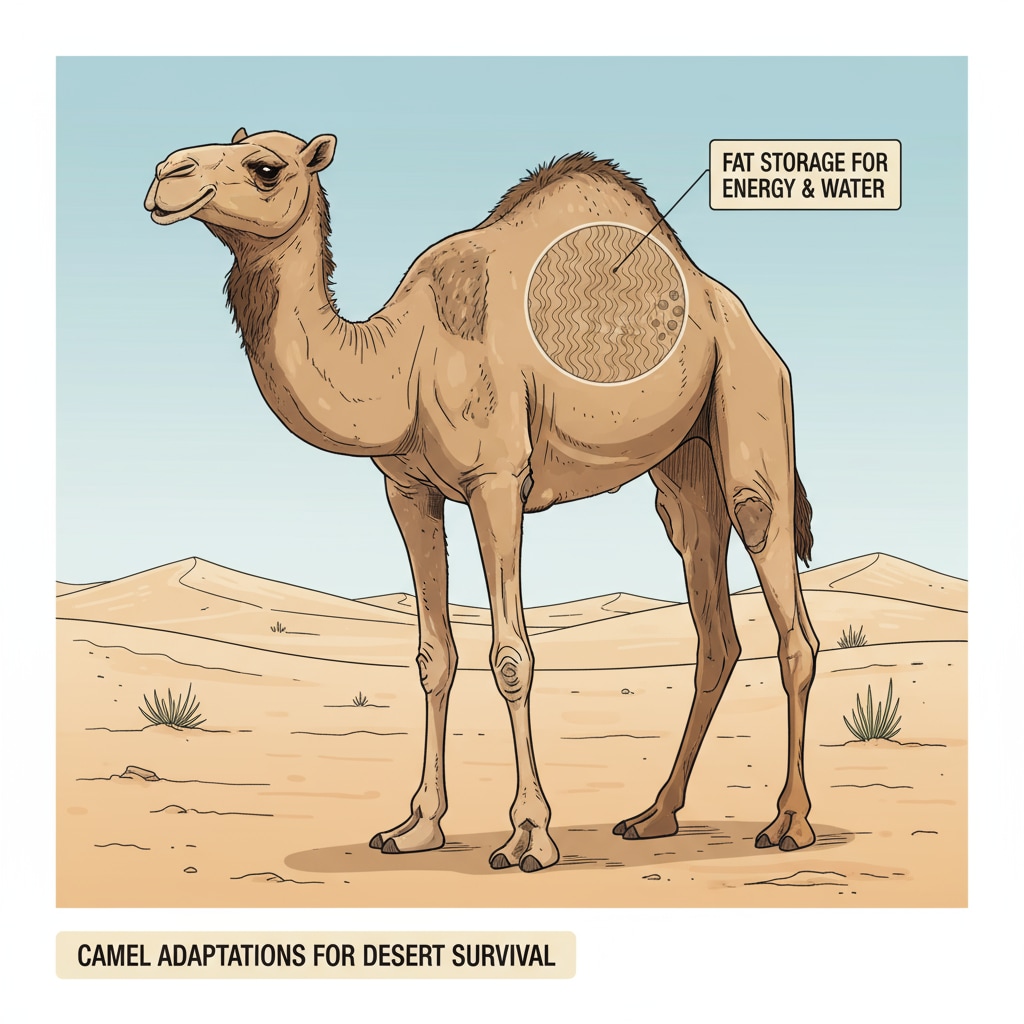Desert animals, with their astonishing adaptation mechanisms and remarkable survival abilities, offer a treasure trove of knowledge that can significantly enhance K12 biology teaching. The harsh desert environment, characterized by extreme temperatures, scarce water, and limited food resources, has forced these animals to develop unique strategies to survive.

By studying their adaptations, students can gain a deeper understanding of the principles of evolution and the intricate relationship between organisms and their environment.
The Wonders of Desert Animal Adaptations
One of the most prominent features of desert animals is their ability to conserve water. For example, camels have specialized kidneys that can produce highly concentrated urine, minimizing water loss. In addition, their humps store fat, which can be metabolized into water and energy during long periods without food or water. Another remarkable adaptation is seen in desert reptiles, such as snakes and lizards. They have thick, scaly skin that reduces water evaporation from their bodies. These adaptations are essential for their survival in the arid desert environment. Desert ecosystem on Wikipedia

Survival Strategies in Extreme Temperatures
Desert animals also face the challenge of extreme temperatures. During the day, the desert can reach scorching temperatures, while at night, it can drop significantly. To cope with this, many desert animals are nocturnal, meaning they are active at night when it is cooler. For instance, the fennec fox has large ears that help dissipate heat during the day and keep it warm at night. Some insects, like the desert locust, can change their body color to reflect sunlight and reduce heat absorption. These survival strategies showcase the incredible adaptability of desert animals. Desert ecology on Britannica
Integrating these real-life examples of desert animals’ adaptation mechanisms and survival abilities into K12 teaching can make the learning process more engaging and relevant for students. It not only helps them understand the scientific concepts but also instills in them a sense of wonder and respect for the natural world.
Readability guidance: In this article, we have presented clear examples of desert animals’ adaptations and survival strategies. Each section focuses on a key aspect, such as water conservation and temperature regulation. By using simple language and providing relatable examples, we aim to make the complex topic of desert animal survival accessible to K12 students. Transition words like ‘for example’ and ‘in addition’ have been used to enhance the flow of the content.


